
- Home
- Technical Services | Fire | Electrical | HVAC
- Mechanical Services
- Car Park Fan Control
Car Park Fan Control
The Fans in the car park, for residential, commercial or mixed-use, are required to run as per AS 1668.
Without effective compliant systems, equipment and programming in place, running your car park fans all the hours the car park is open (which is often 24/7 for residential) can be expensive in energy and maintenance costs.
So what do you need to save yourself quite a few dollars for the long term: –
- Licensed Electricians
- Compliance with the relevant codes for the Fire System
- Annual Fire Safety Statement testing (AFSS)
- Licensed Mechanical HVAC technicians
Car Park Fan Control
The Outline below shows the basics of your system. Note the Variable Speed Drive for the fan motors. this is another energy savings opportunity to reduce costs and wear and tear on the motor fan combination.
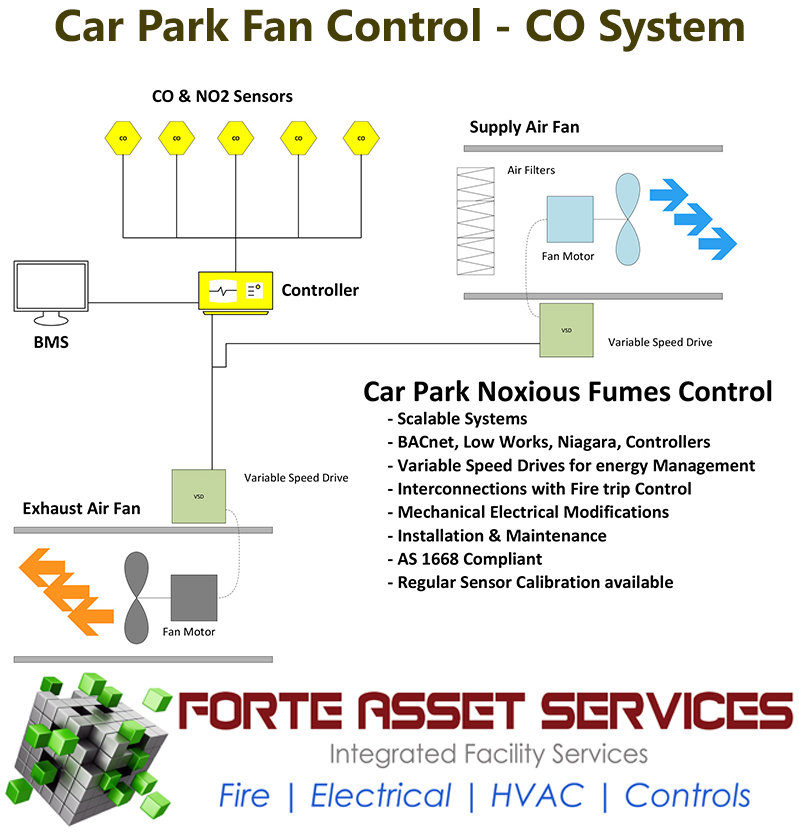
Co System and No2 Noxious fume Control
Effective and Economic Control which is Compliant to AS1668
The Co System process is logical and seamless.
- Carbon monoxide sensors (for petrol car exhaust fumes) and Nitro-dioxide sensors(for diesel car exhaust fumes) are installed in the car park based upon a formula.
- The formula is based on how the gas behaves (heavy / light etc ) and the toxicity of the gas(Fumes)
- Each sensor is wired back to the controller (typically three wires per sensor)
- The Controller monitors the sensor inputs, which are analogues values expressed as a percentage.
- If the percentage is over a given amount for a given time, the controller will send a signal to start the supply and exhaust fans of the car park.
- The fans run for a given time.
- These times and set points are as per AS1668 as per a minimum value
- The Variable Speed Drive Connected to the motor ensures a soft start-up reducing energy costs and wear & tear on the mechanical plant
- The Control of the exhaust and supply fan motors are also interfaced (via a relay) with the base building fire trip control
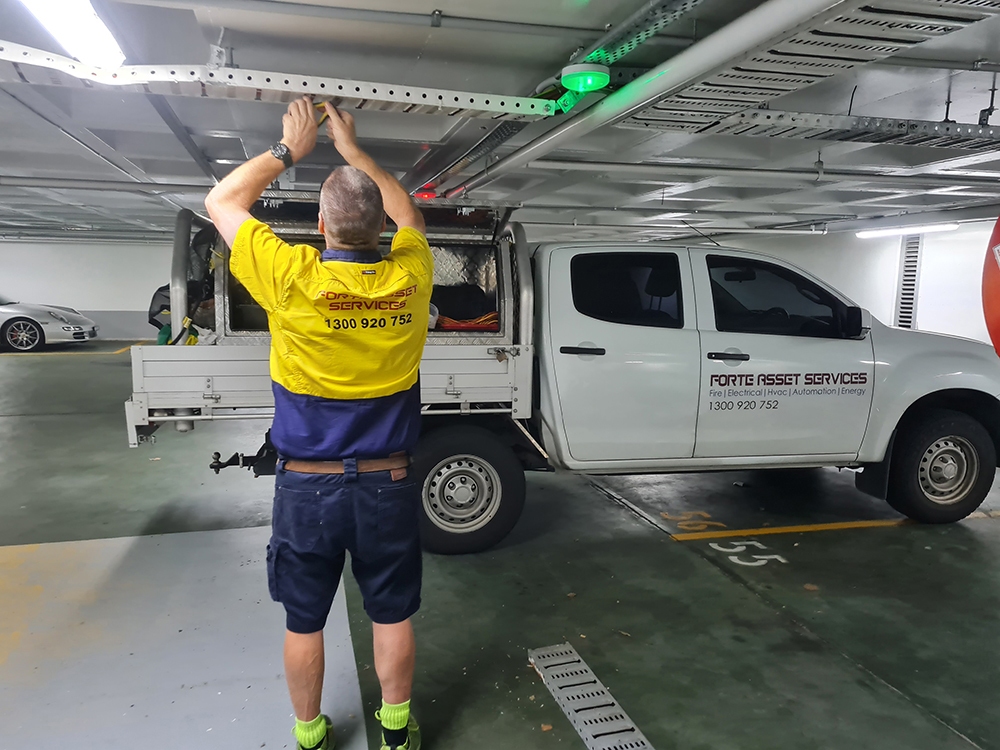
Return On Investment
Every Car Park is different; typically, a return on investment is within one year.
- Are you using only a time clock to activate the fans in peak periods?
- Are Mechanical Services Part of the safety measures on the Annual Fire safety statement (AFSS)?
- Do you have a maintenance agreement to check your fan motors, variable speed drives, Switchboard controls, and System performance?
- Do your car parks have a significant amount of natural ventilation?
- Is the car park less than 10 years old?
If you answered “no” to any of these, it’s worth your time for a quick chat to ensure compliance and operation, especially from the essential services side of your Building.
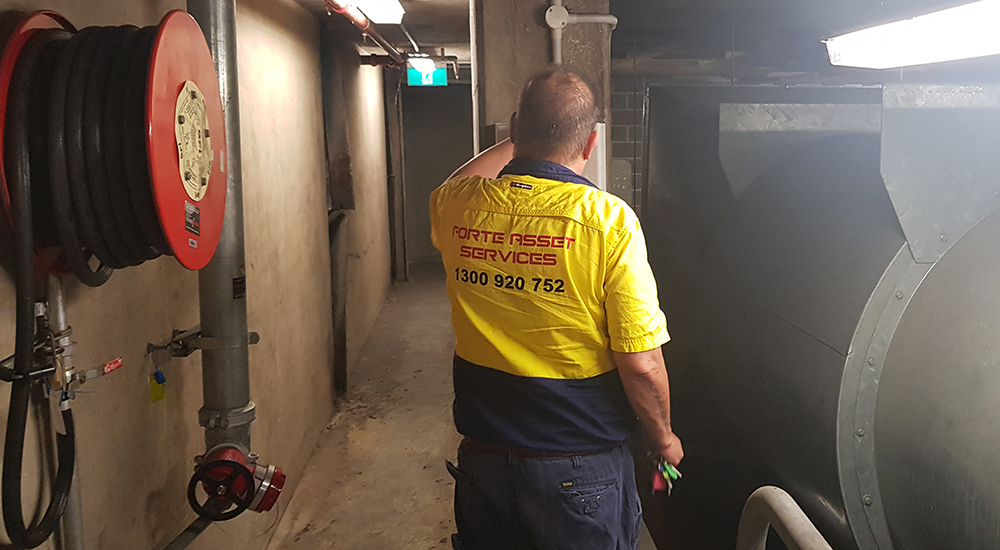
We Are Using a Time Clock on Our Fans!
Time clocks are non-compliant with AS 1668; you either run the fans full-time, during car park operation hours or install a sensor-based controller such as that outlined in the diagram above.
Do We Have to Install Variable Speed Drives?
No, the Variable Speed Drive (VSD) will save you considerable dollars on the start-up of the fans. Each time a Direct Online (D.O.L) fan starts it draws circa three times its full run current. Commercial buildings are typically charged at this high level because the wholesaler of energy has to deliver a network that can supply these higher amounts of current, even if it is just for a short period. Check with your energy retailer for more information and specifics to your building.
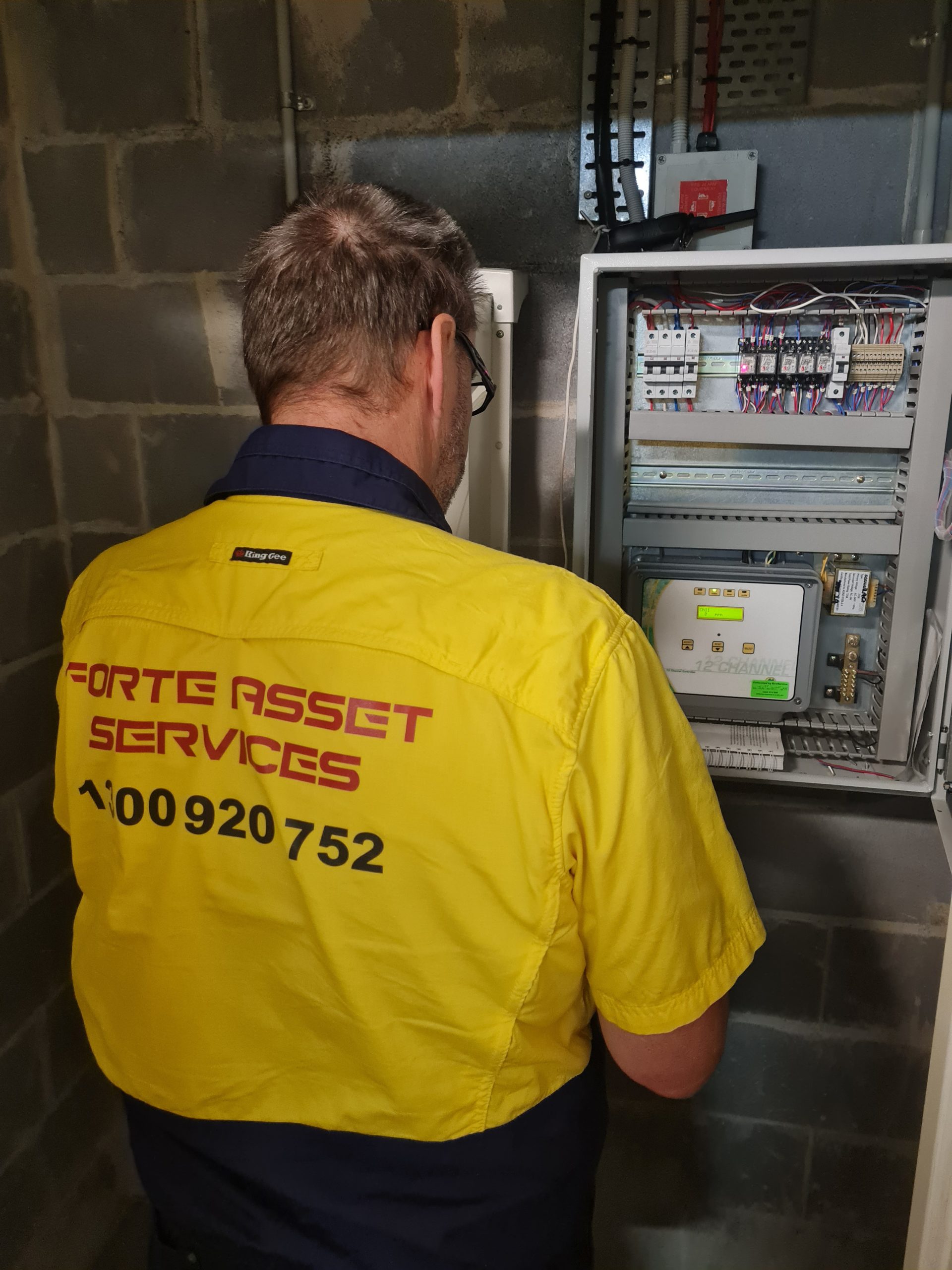
What is the Cost?
The cost of the system is subject to several main parameters, including (but not limited to) the following:
- The number of car parking spaces
- The physical size or area of the car park (these determine the number of sensors)
- The Size and number of the exhaust and supply fans that are to have the Variable Speed Drives installed
- The Location of the mechanical switchboard
- Connections to the existing Building Management System (if required)
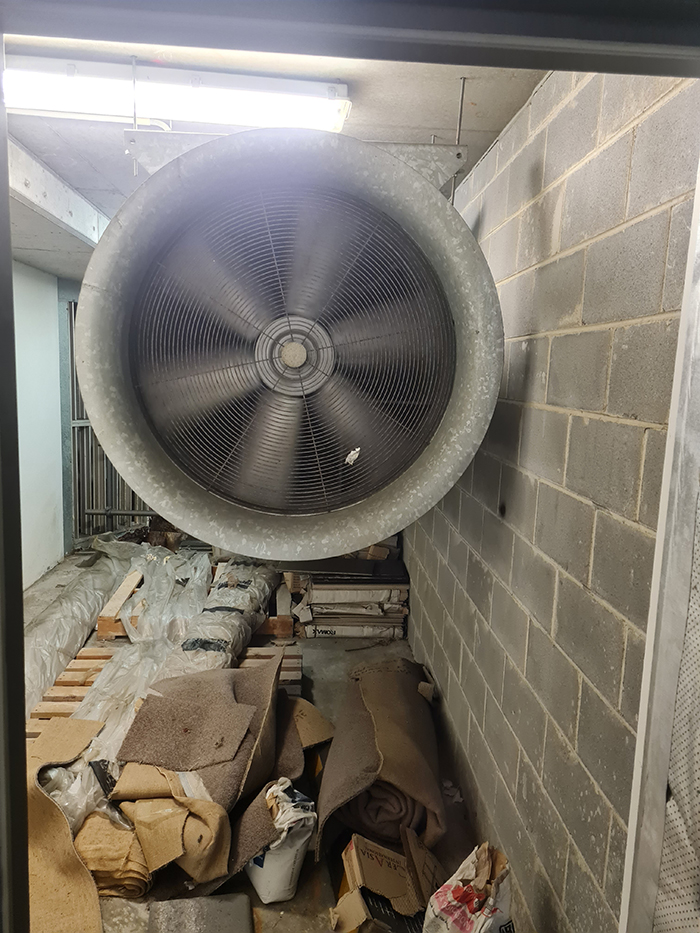
We have a Building Management System.
Connections to the BMS don’t have a huge effect on the price, subject to the BMS having an Open Communications Protocol or a proprietary one.
With an “Open Protocol” system such as BACnet, Lon Works, and Niagara, the connections are relatively straightforward, and a graphic page is set up.
We would recommend connections or integration into the BMS as it will make trending energy use versus car park fan use much easier, offering greater analysis of your building’s operational systems.
Other benefits include: –
- Easier remote access
- Logical Graphics can display all sensor values at the same time as well as individual sensors. Flags of which sensor has initiated the fans system can also be added to the graphic.
- Mapping the parameter of the variable speed drive via a high-level interface (two wires) onto the graphics for greater energy monitoring in line with the fans
- Fire mode Flag for testing and monitoring
- Configure alarms for Co levels, exhaust fans running more than 2 hours,
- Implement a time clock via software rather than physical equipment in the switchboard
- and many more
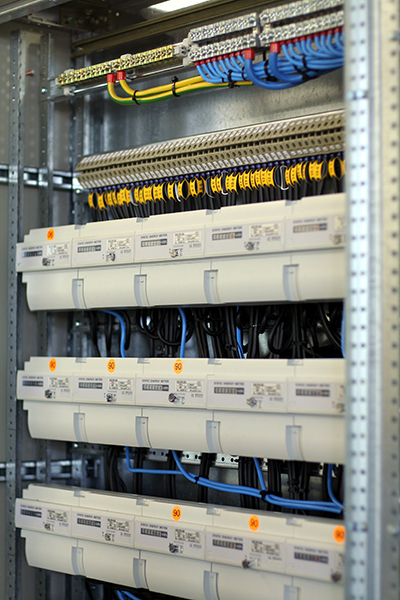
How Often Do We Need to Service / Calibrate Our Car Park Fan Co Monitoring System
The Carbon Monoxide sensors need to be calibrated every six months as per AS1668. Or as per the manufactures recommendations, whichever is shorter.
The core reason for this is most Co, carbon monoxide Sensors have a component that is “sacrificial” over time and needs to be replaced periodically for the system to function effectively and safely.
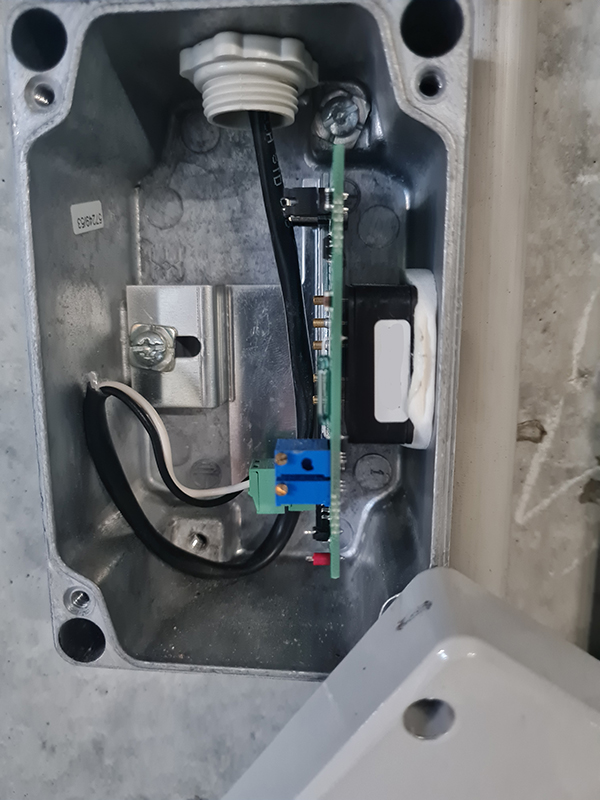
Can We Help You Further?
Links
Contact Us
Sydney
02 9091 8009
Melbourne
03 9982 4414
National (24/7, 365 days)
1300 920 752
Can we Help you Today
info@forteas.com.au
1300 920 752
0439 402 599
Sydney, Melbourne & Canberra
Greater Sydney, Parramatta, Penrith, Blue Mountains, Central Coast, Newcastle, Wollongong, Dubbo, and others
greater Canberra
Greater Melbourne, Casey, Stonnington, Ballarat, Wodonga, and others

